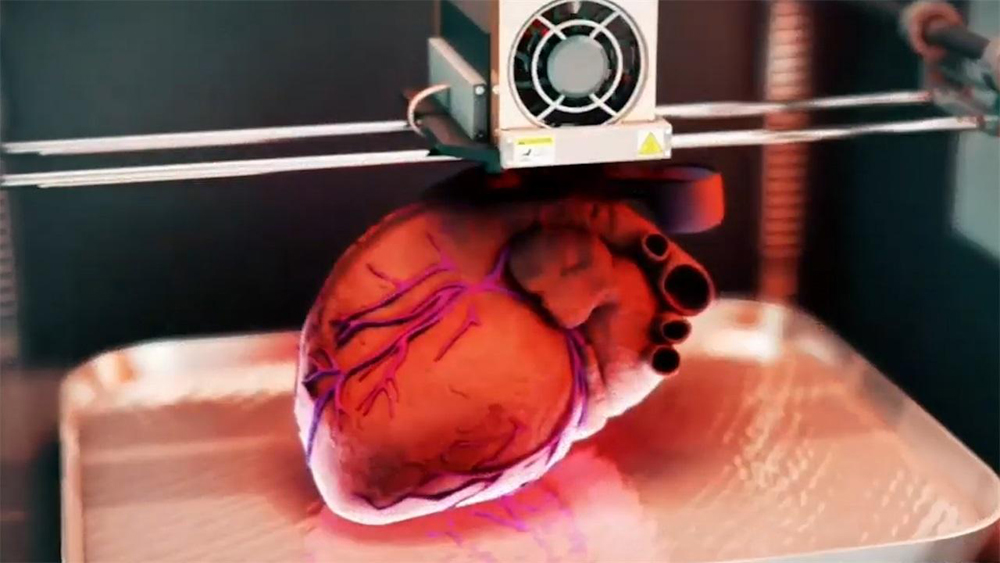Major advances in science and technology are changing the way scientists study disease and have the potential to improve diagnosis and treatment in the future. What cutting-edge technologies can become the new driving force for medical transformation? Bayer already has a direction.
Artificial Intelligence Accelerates Drug Development
In recent years, artificial intelligence (AI) has continuously made new breakthroughs in the field of drug development. A recent analysis published by Boston Consulting Group shows that the AI-driven R&D pipeline is expanding at a rate of nearly 40% per year.
One of the important values that artificial intelligence technology brings to drug development is that it can greatly accelerate the speed of drug development. The technology can screen and evaluate billions of molecules to discover potential lead compounds for active ingredients.
How can artificial intelligence accelerate drug development?
In this area, Bayer moves frequently. In January 2020, Bayer and Schrödinger, a software provider in the field of drug and materials research, launched a five-year technical collaboration to mine, screen and evaluate synthesizable virtual compounds. The technology will utilize physical space methods and modern machine learning capabilities to predict characteristics such as absorption, distribution, metabolism and toxicity of compounds.
In addition to Schrödinger, Bayer’s partners in the field of using artificial intelligence to accelerate drug development include many well-known companies such as Exscientia, Sensyne, Cyclica, and Genpact.
Unlike many companies, Bayer’s use of AI technology doesn’t stop at drug discovery. In the late-stage clinical trials of drugs, Bayer and Finland’s Aalto University (Aalto) started cooperation in May 2021, trying to rely on artificial intelligence technology to create a “virtual” controlled trial group in clinical trials, avoiding the dilemma of recruiting patients, while improving drug cost-effective development.
Regenerative cell therapy brings patients back to life
Induced pluripotent stem cell therapy can help humans replace diseased or injured tissue cells. For example, stem cell therapy can restore the innervation of the human brain and reverse degenerative diseases, so it is expected to restore the motor function of more than 7 million Parkinson’s disease patients worldwide . Stem cell therapy could also repair retinal tissue damaged by macular degeneration, and one day even eliminate the need for a heart transplant.
The stem cells are being studied by researchers at BlueRock, a wholly-owned biopharmaceutical company owned by Bayer. They come from reprogrammed adult somatic cells and can be used to mass-produce many types of somatic cells for use in body tissues that cannot regenerate themselves.
What is the principle of regenerative cell therapy?
BlueRock’s cell therapy platform has industry-leading R&D, process development and manufacturing capabilities. The fusion of cell biology and engineering offers patients an important new treatment modality with significant clinical benefit for previously considered intractable diseases. Especially for degenerative diseases that experience cell loss and low self-repair, such as cardiomyocyte loss or degenerative neurological diseases, regenerative cell therapy can bring unprecedented potential benefits to patients.
In June 2022, BlueRock established a new cell therapy innovation base on the Bayer campus in Berlin, Germany. BlueRock recently completed enrollment in a Phase I clinical trial of its novel cell therapy for Parkinson’s disease, BRT-DA01, and plans to initiate a global non-interventional study in Parkinson’s disease patients in the second half of 2022.
3D printing brings changes to the medical industry
Researchers at Tel Aviv University in Israel announced in April 2019 that they had successfully 3D printed the world’s first “complete” heart with cells, blood vessels, ventricles and atria using the patient’s own tissue as a raw material, which was the first in the world at the time.
However, the size of that heart is about one-hundredth the size of a human heart, which is too small, and it is difficult to ensure effective function and eliminate the problem of rejection, so the 3D printed heart cannot play a practical role in the short term.
But in other fields, 3D printing human tissue brings infinite possibilities for the transformation of the medical industry. Among them, testing drug candidates is one of the hot areas.
Testing potential drugs beforehand on 3D models made of human tissue could allow scientists to collect a number of important discoveries at an earlier stage, greatly reducing the need for animal testing.
What is the use of 3D printed organ models?
The researchers estimate that within 10-15 years, it will be possible to print personalized organs and tissues. Bayer experts believe that these organ models have great potential. Therefore, they decided to work with Israeli scientists to further research and develop 3D printing technology while testing new drugs on 3D printed human heart tissue.









